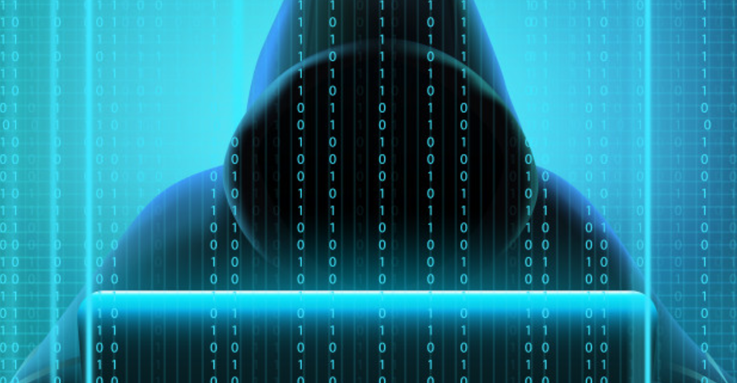

Opening your network to be accessed by a bunch of remote users is a security risk. Even if the user is authenticated and authorized, providing remote access to someone needs to be strictly controlled and supervised. In this guide, we’ll show you some of the dangers of using remote access technology.
Remote access is a technology that allows users to connect to a computing device from a distant spot. This means that a user can view and control his computer screen even if he isn’t sitting in front of it. The primary aim of remote access is to eliminate the need for the physical presence of the user in order to get a task done on a remote computer. This means that he can perform several computing tasks even if he isn’t physically connected to the computer he is trying to remote to.
Nowadays, remote access is being used for a number of reasons. IT professionals use this technology to provide off-site support to clients across the globe. Managed service providers or MSPs can also use this technology to manage and monitor a bunch of corporate devices remotely. On the other hand, businesses can use remote access to promote a productive work culture. With this, employees can stay connected to their office resources even outside of working hours.
Although remote access can be beneficial to businesses, it can also bring some level of security concerns to your network. As stated a while back, the danger of remote access starts to emerge once you open your network to a bunch of remote and outsider users. The problem with this is that external threats and malware can also gain entry to your system and later cause major security havoc. We’ll take a look now at some of the security risks of using remote access.
Unrestricted Access
One of the risks of using remote access is having poor policy implementation when it comes to network accessibility. For instance, a lot of organizations don’t have solid remote access policies that can restrict certain users from accessing their networks remotely. Without these strong policies, it will be hard for your IT department to monitor and prevent malicious users from accessing your network from afar. It will also be a challenge to mitigate the risk of falling victim to outsider malware and threats.
Endpoint Devices
Companies that allow employees to access their networks remotely are prone to security risks brought by remote access. Since employees can use their personal devices to connect to their office resources, there’s a possibility that your network can be infected by outsider threats and malware. The thing with this practice is that not all of your employees? endpoint devices are safe and secure. This means that some of them may have their fair share of security flaws that can disrupt the security of your network.
Ineffective Remote Access Tool
It’s always important to invest in an effective remote access tool. The problem with most companies nowadays is that they compromise their network security by purchasing affordable yet ineffective remote access solutions. Without a secure remote access tool, it will be difficult for your company to protect its confidentiality from malicious attackers online. One of the features that you need to look for in a remote access solution is its ability to encrypt remote sessions between the local and remote devices. Without this, users who have malicious intent can definitely steal confidential information from your own network and system.
Fortunately, there’s a way for you to overcome these security risks. The first thing you need to do is to implement solid remote access policies that can protect your network from malicious attacks online. You also need to restrict certain users from accessing your network remotely. Remember, opening your network to be accessed 24/7 can increase its chances of falling victim to outsider threats and malware online. You also need to ask your employees to have their devices checked regularly so they are at par with your company’s security standards and measures when it comes to using remote access.
After, the best way to protect your system from security risks brought by remote access is by preventing them from happening in the first place. By doing so, you can reap the benefits of remote access without falling victim to external threats found outside the walls of your private network. This, in return, can help you attain goals and long-term success for your business.
Related Resources:
Ticketing System || Best Remote Desktop Software || IT Computer Management
Tags: